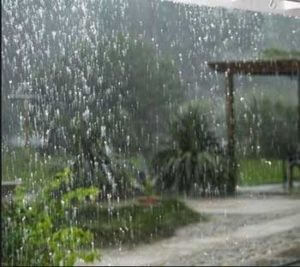Do the goldfish in your pond look like they need reviving? Belly up and motionless could be a sign that they are over fed or are in a pond with poor water quality. 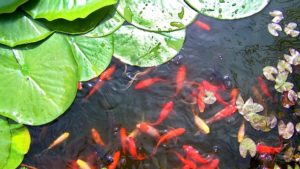 It could also be the result of a lack of oxygen – using a solar powered bubbler will help to increase the oxygen levels of the water during winter months when a pond has frozen over.
It could also be the result of a lack of oxygen – using a solar powered bubbler will help to increase the oxygen levels of the water during winter months when a pond has frozen over.
Water quality is very important to health of goldfish who become increasingly stressed in poor conditions. There are a number of factors that can affect pond health such as local climate, size of pond, number of fish stocked, number of aquatic plants and the type of filtration system installed.
Goldfish are cold water fish and so do best in ponds that are in partial to full shade (geography dependent but best to avoid goldfish pond water getting too warm). Types of goldfish that are hardy and known to thrive in a garden pond are the Cornet, Ryakin and Shubunkin. They can survive all but the coldest winters when ponds freeze over. Goldfish require less maintenance than Koi and do less damage to pond plants nibbling on them only.
Healthy pond water conditions for goldfish
- avoid spraying insecticides or pesticides on to flower beds that are close to your pond and put measures in place to prevent rainwater run-off (unless your garden and pond are on flat ground!). Use natural methods of pest control to reduce chemicals entering your pond and affecting the water quality.
- test the pH of your pond water fairly regularly. Goldfish thrive in water which has a pH of around 7 to 7.4. High ammonia and nitrate levels are an indication that there are too many fish in your pond or the filter system isn’t coping. The role of a filter system is to clean the pond water and keep it free of bad bacteria.
- carry out a partial water change weekly. This helps to remove pollutants from the water. The advice on how much water is exchanged varies amongst pond experts. Start by doing a 10% change and monitor the water quality between changes. If 10% is not enough to remove pollutants then increase the volume. No more than 50% should be changed to avoid stressing the natural ecosystem and fish. Use a pump, pond vacuum or hose to remove water from your pond. Replace with harvested rainwater or dechlorinated tap water.
- a garden pond is a closed water system where water leaves only via evaporation leaving behind pollutants. Ponds need to be installed with a good filtration system to remove fish waste – which if not removed release ammonia into the water. Bacteria in the water converts ammonia into nitrates which is then processed by plants and algae.
- reduce levels of algae by growing aquatic plants which cover 50 to 70% of the water surface. Plants will also offer a protective habitat to fish. They also absorb nutrients in the water reducing algae growth
- remove organic mater from your pond water before it sinks to the bottom and starts to decompose – and becoming a food source for the growth of algae.
- add one fish per 30 gallons of water.
- the greater the surface area of a pond the greater the amount of oxygen so always build a pond as big as your garden space will allow.
Goldfish can thrive outdoors for many years in well nurtured and maintained garden ponds. A raised, vertically sided pond lined with a rubber Epalyn or Butyl pond liner is more of a deterrent to pond predators than a pond on ground level. There are, however pond guards and protective aids available for all pond types and shapes to discourage predators visiting and reducing your goldfish numbers.
Goldfish are friendly and add so much character to a garden pond. They are hardy provided you follow the advice shared in this article. If you can add anymore advice, we would love to hear from you.







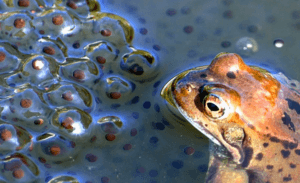

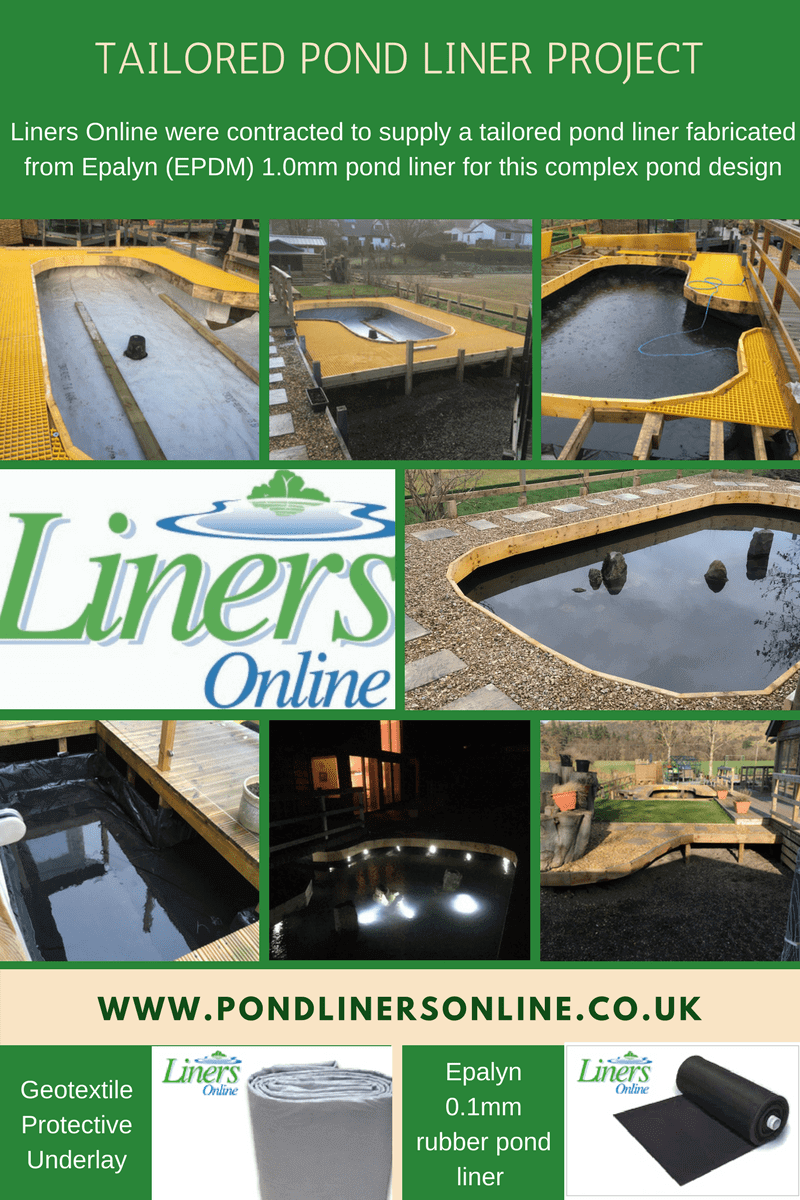
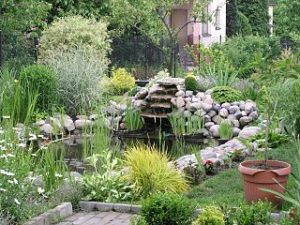
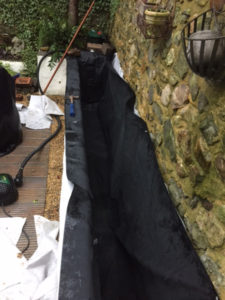
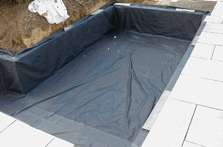
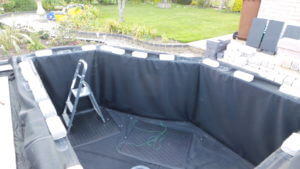
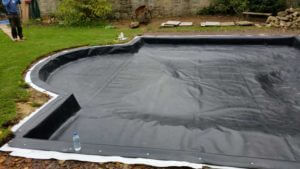
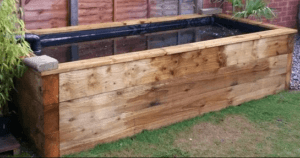
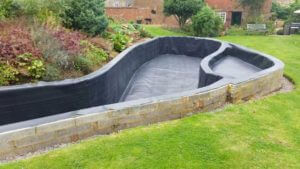
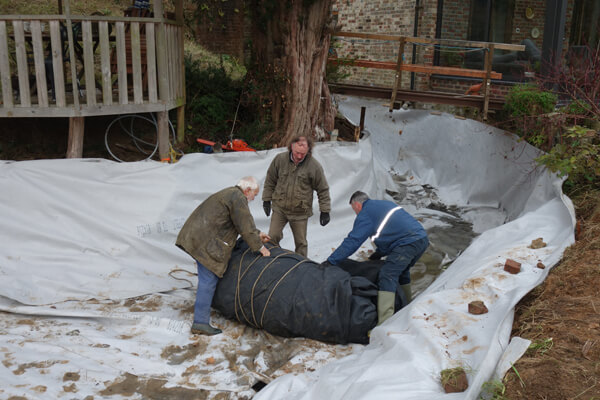
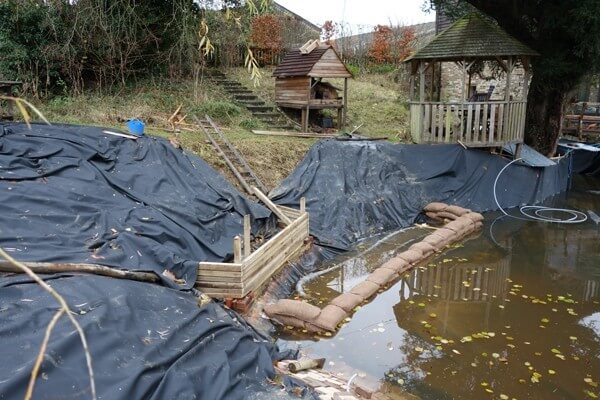
 aking your own compost, it is important to remember that aeration is vital for the organic matter to break down properly. So, when comparing a standing compost bin to a tumbling compost bin, there are a few factors you need to consider. Firstly, a tumbling compost bin does exactly what its names states – it tumbles – and the rotating function is what ensures that the organic waste gets the aeration it needs to decompose and produce high quality compost. If you use a standing bin, you would need to aerate the compost yourself with a shovel or garden pick. This process is not as effective and it means more effort for you and may ultimately cause damage to the bin itself as well. The second point to consider is the strength and durability of the bin. A tumbling compost bin is made of stronger heavy-duty materials as it is designed to support the full load of the compost.
aking your own compost, it is important to remember that aeration is vital for the organic matter to break down properly. So, when comparing a standing compost bin to a tumbling compost bin, there are a few factors you need to consider. Firstly, a tumbling compost bin does exactly what its names states – it tumbles – and the rotating function is what ensures that the organic waste gets the aeration it needs to decompose and produce high quality compost. If you use a standing bin, you would need to aerate the compost yourself with a shovel or garden pick. This process is not as effective and it means more effort for you and may ultimately cause damage to the bin itself as well. The second point to consider is the strength and durability of the bin. A tumbling compost bin is made of stronger heavy-duty materials as it is designed to support the full load of the compost.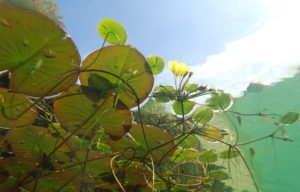
 So, what is the relevance of all this? To put it simply, as our towns and cities expand so does the amount of impervious ground cover over which rain has to pass before going down a storm water drain or finding ground it can seep into. Our gardens are no different with patios and driveways having a negative impact during periods of high rainfall. Rainwater run-off is precipitation that doesn’t soak into the ground. This can be due to the ground being saturated, having a non-porous soil type or man-made surfaces preventing water being absorbed into the ground. Rainwater run-off can become a problem when it carries with it leaves and other debris. If this water should then flow into your pond it will affect the health of your pond by reducing the waters oxygen levels.
So, what is the relevance of all this? To put it simply, as our towns and cities expand so does the amount of impervious ground cover over which rain has to pass before going down a storm water drain or finding ground it can seep into. Our gardens are no different with patios and driveways having a negative impact during periods of high rainfall. Rainwater run-off is precipitation that doesn’t soak into the ground. This can be due to the ground being saturated, having a non-porous soil type or man-made surfaces preventing water being absorbed into the ground. Rainwater run-off can become a problem when it carries with it leaves and other debris. If this water should then flow into your pond it will affect the health of your pond by reducing the waters oxygen levels.